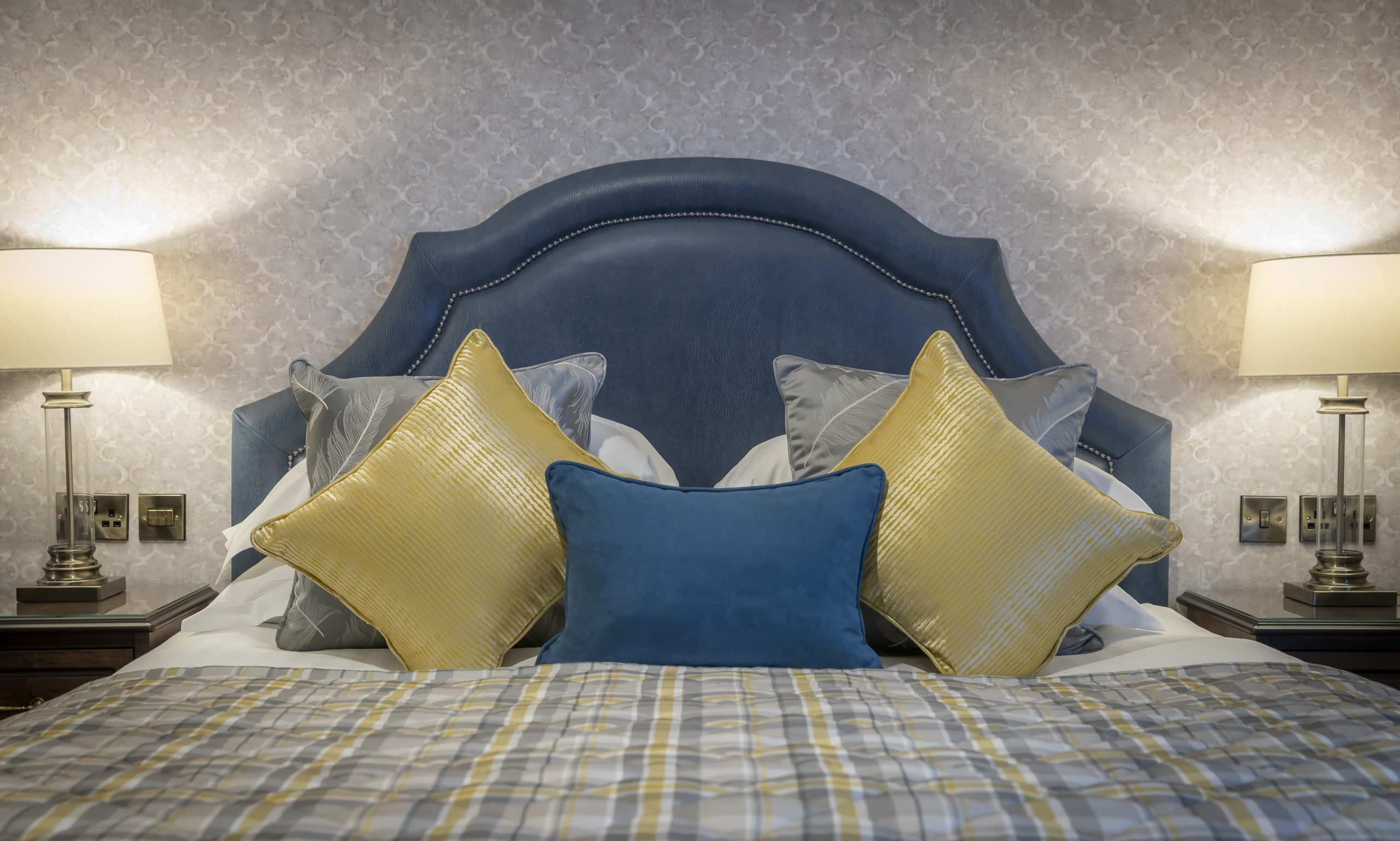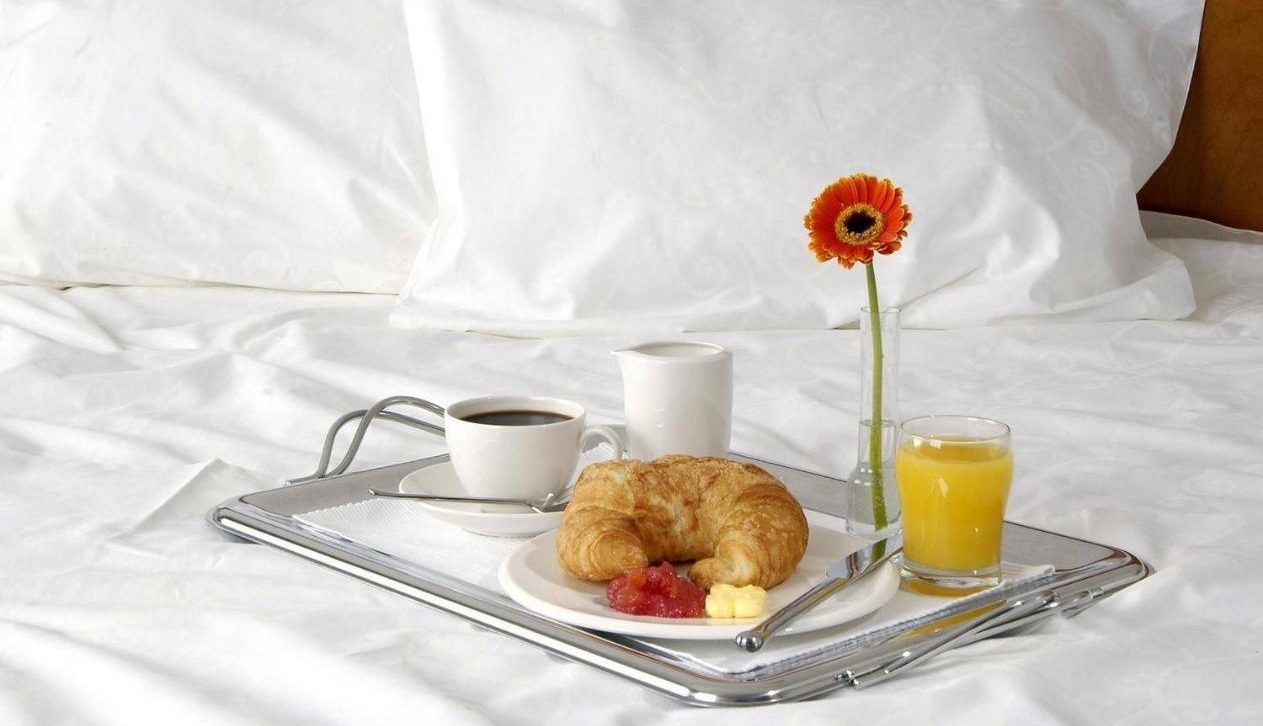
The 4-Star Temple Gate is a charming hotel in the heart of Ennis Town, County Clare. It offers the perfect location from which you can explore the Wild Atlantic Way and the rugged West Coast of Ireland including The Cliffs of Moher.
Temple Gate Hotel offers a unique blend of warm hospitality and friendly service which makes it an inspired choice whether for business or pleasure. The Hotel is discreetly situated just off Ennis Town Centre, and a short walk through the warm glow of the Victorian lamps in the cobblestoned courtyard leads guests to the heart of the historical and vibrant town of Ennis.
The Hotel rests on the site of a 19th century Convent of Mercy with a fascinating and eventful history. Prior to its conversion to a convent, the original houses, Row House and Lifford House, was the property of Charles O’Connell, cousin of Daniel O’Connell. He was a frequent visitor to the area particularly in the years 1827 to 1829 when planning his election campaign. The Sisters of Mercy moved from the Ennis Convent in 1995 to new premises nearby.
The hotel includes:
- 70 beautifully appointed bedrooms – Classic, Executive & Junior Suites.
- 6 dedicated meeting rooms.
- The traditional-themed ‘Preachers Pub’ which is open daily and also serves breakfast, lunch and dinners
- ‘Legends’ Restaurant – an AA Rosette award-winning restaurant which is open at weekends.
Good To Know
The Temple Gate Hotel Ennis offers complimentary car parking facilities to their guests on their stay. This is based on a first come first served basis. The car park is located on the right-hand side before the hotel entrance and there is a barrier system in place to gain access.
Free WiFi is available throughout the Hotel.
Good to Know
Open Year-Round.


